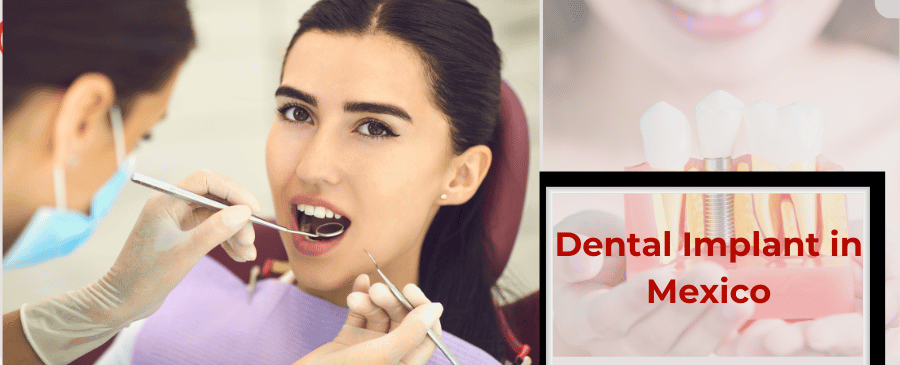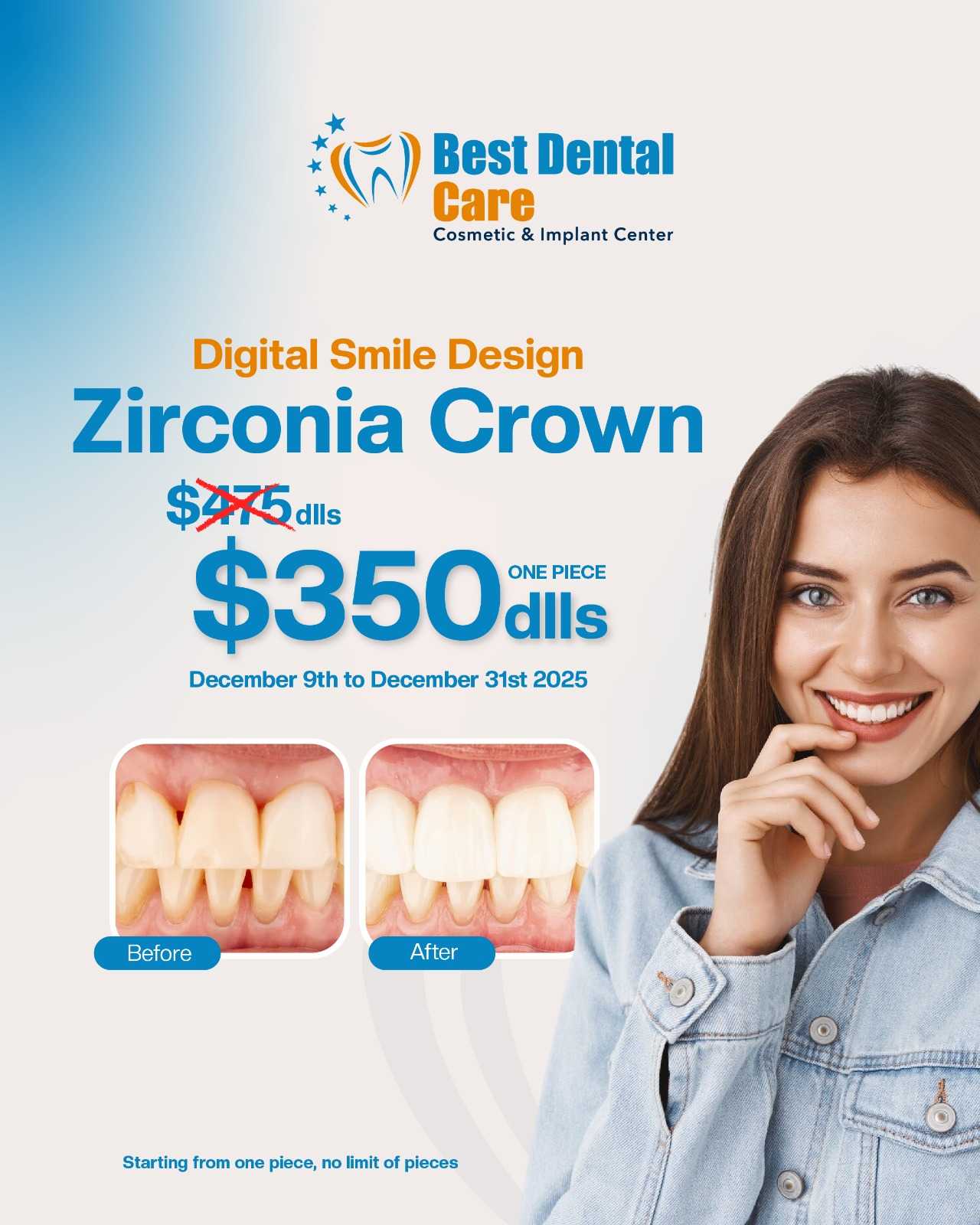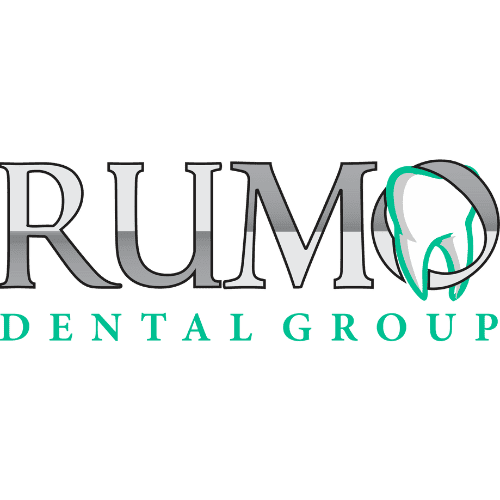The Complete Patient Guide to Getting Dental Implants in Mexico

Opting for dental implants in Mexico is a fantastic way to restore your smile with high-quality care at a fraction of the cost you might find at home. As you plan your medical travel, one of the most practical questions is, "How many visits or trips will I need to make?" Understanding the timeline and the number of required appointments is key to organizing your travel, budget, and expectations for a smooth and successful experience.
The dental implant process is a multi-stage medical procedure that prioritizes a safe, stable, and long-lasting outcome. It's not a single-day affair. The journey involves surgical placement, a critical healing period, and the final restoration. For international patients, Mexican dental clinics have streamlined this process into a manageable number of trips. This guide will walk you through the standard number of visits, explain what happens during each trip, and clarify why some cases might require an extra appointment, ensuring you are fully prepared for your treatment journey.
How many trips to Mexico are required for dental implants?
The gap between the two trips is non-negotiable and is essential for the success of your implant. This period allows for osseointegration, the biological process where the titanium implant post fuses with your jawbone, creating a strong and permanent foundation for your new tooth. Rushing this step could lead to implant failure. Clinics in popular dental tourism destinations like Cancun, Tijuana, and Los Algodones are highly experienced in scheduling these two-stage treatments for international patients.
This two-trip model is the gold standard for most implant cases. It ensures that the implant is fully integrated and stable before the final, permanent tooth (the crown) is attached and subjected to the forces of chewing.
What happens during the first visit to Mexico?
This initial trip is the surgical phase of your treatment. Here's a breakdown of what to expect:
- Consultation and Planning: Your dentist will perform a thorough examination, including X-rays and 3D CBCT scans, to assess your jawbone density and map out the precise location for the implant.
- Implant Surgery: In a sterile environment and under local anesthesia, the surgeon will place the titanium implant post directly into your jawbone. This procedure typically takes about an-hour per implant.
- Temporary Restoration: You won't leave with a gap in your smile. In most cases, you will be fitted with a temporary tooth or a temporary denture (flipper) to maintain aesthetics and function while you heal.
After the surgery, you will receive post-operative care instructions and medication before heading home for the healing period.
What happens during the second visit to Mexico?
After your jaw has fully healed for 3-6 months, you will return to Mexico to complete your new smile. This trip involves:
- Abutment Placement: The surgeon makes a small incision in your gum to expose the dental implant. The healing cap is removed, and the abutment is securely attached. Your gums will need a few days to heal around this new piece.
- Impressions for the Crown: Your dentist will take precise digital or physical impressions of the abutment and your surrounding teeth. This is sent to a dental lab to fabricate a custom-made crown that perfectly matches the color and shape of your natural teeth.
- Final Crown Fitting: Once the crown is ready, your dentist will check the fit, bite, and aesthetics before permanently cementing or screwing it onto the abutment. You will leave this appointment with your brand-new, fully functional tooth.
How much do dental implants cost in Mexico?
The dramatic cost savings are the primary reason patients travel to Mexico for dental work. This affordability is due to the lower cost of living and operational expenses, not a compromise on the quality of materials or the expertise of the dentists. Many Mexican dentists use the same high-quality, FDA-approved implant brands as their US counterparts, such as Straumann or Nobel Biocare.
The final price can be influenced by a few factors, including the specific implant brand you choose, the material for the final crown (e.g., zirconia is premium), and the reputation of the clinic. Even with these variables, the total cost remains significantly lower than in the US or Canada. For full-mouth restorations like All-on-4, patients can save tens of thousands of dollars.
Why might I need more than two visits to Mexico?
A strong foundation is critical for implant success. If your jawbone is too thin or soft to support an implant, you will need a preparatory procedure:
- Bone Grafting: If you lack sufficient bone density, a bone graft is necessary. This involves a surgical procedure to add bone material to your jaw. This would be Trip 1. You would then need to wait 4-8 months for the graft to heal before you can return for Trip 2 (implant placement) and then Trip 3 (crown placement).
- Sinus Lift: For implants in the upper jaw, a sinus lift may be required to raise the sinus membrane and place a bone graft. This also adds a preliminary trip and a long healing period.
While this extends the timeline, it's a necessary step to ensure your implant has the solid support it needs to last a lifetime.
How long should I plan to stay in Mexico for each visit?
While the procedures themselves may only take a few hours, this recommended timeframe gives a comfortable buffer. It allows your dental team to ensure everything is perfect and address any immediate post-procedure issues. For more complex treatments like All-on-4 or full mouth restorations, your dentist might recommend a slightly longer stay of 10 to 15 days for each phase to accommodate more extensive lab work and adjustments.
Ready to plan your dental journey to Mexico? Explore PlacidWay to connect with top-rated dental clinics and receive personalized, no-obligation quotes for your dental implants.


.png)














Share this listing